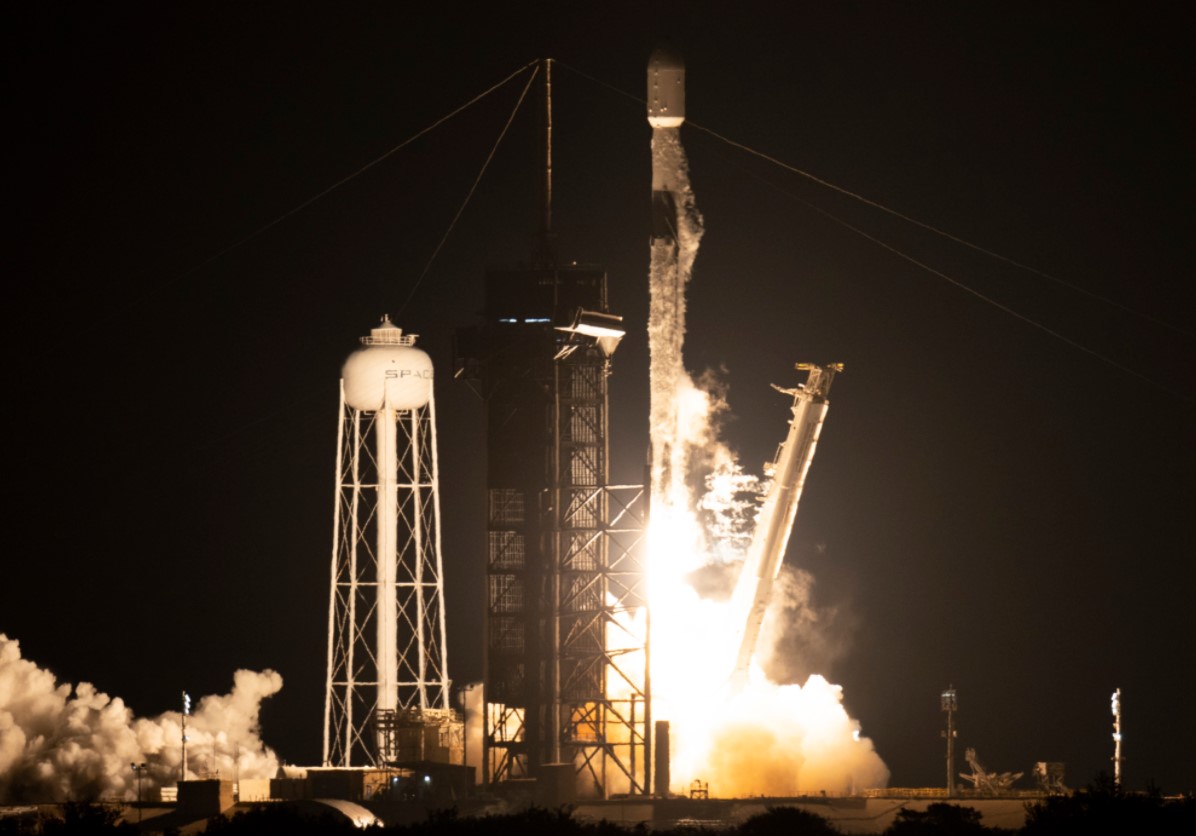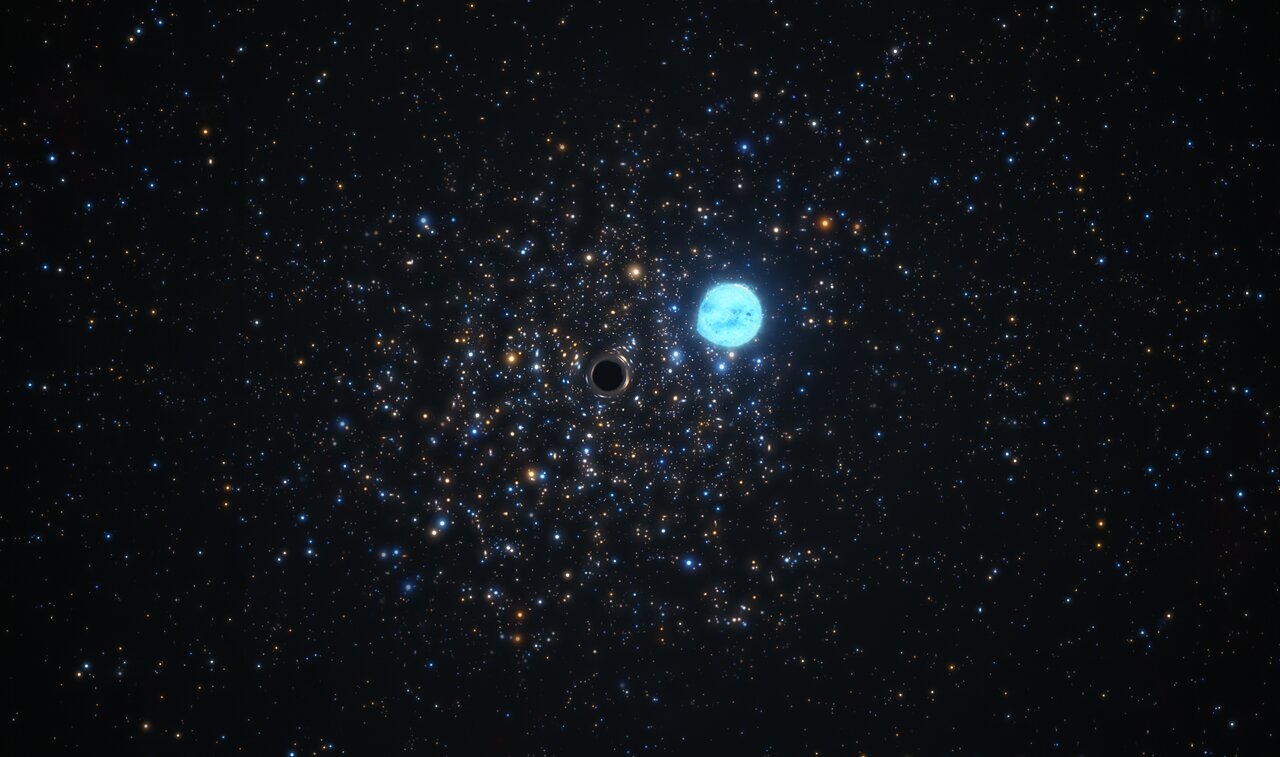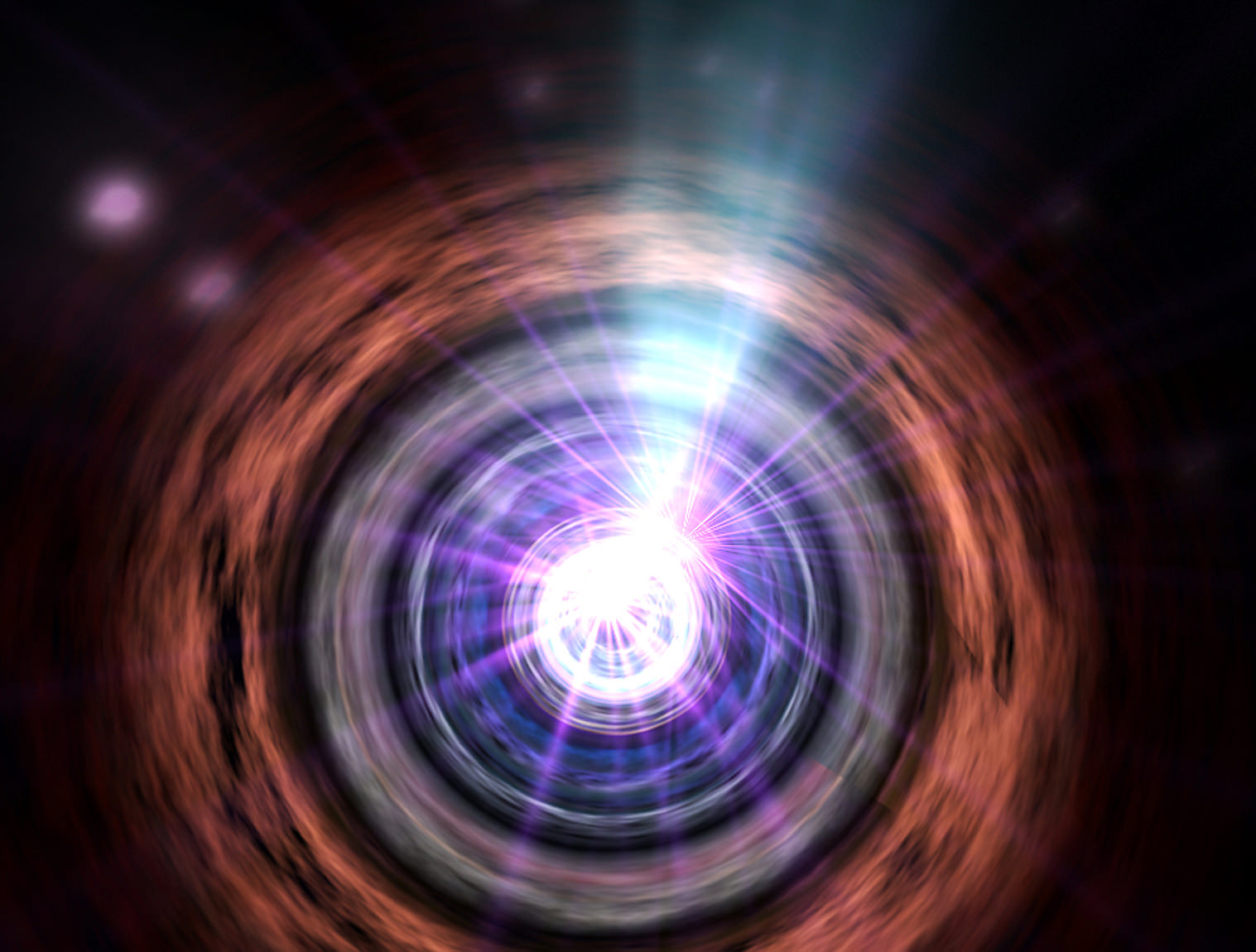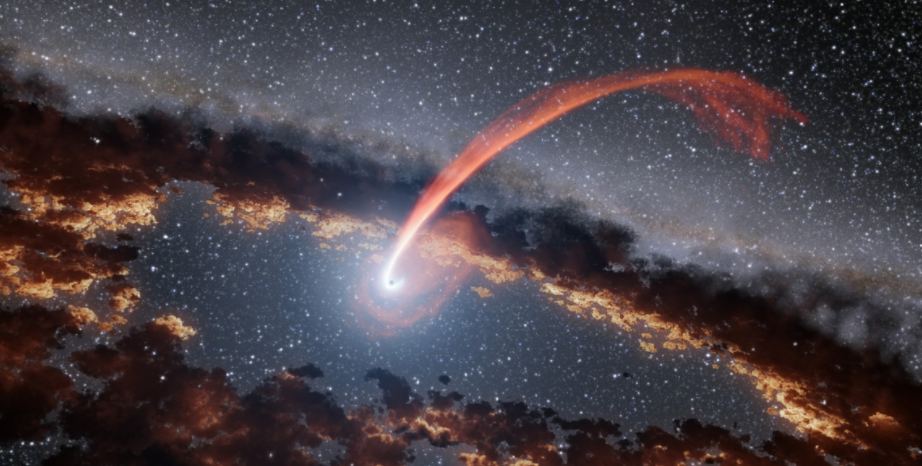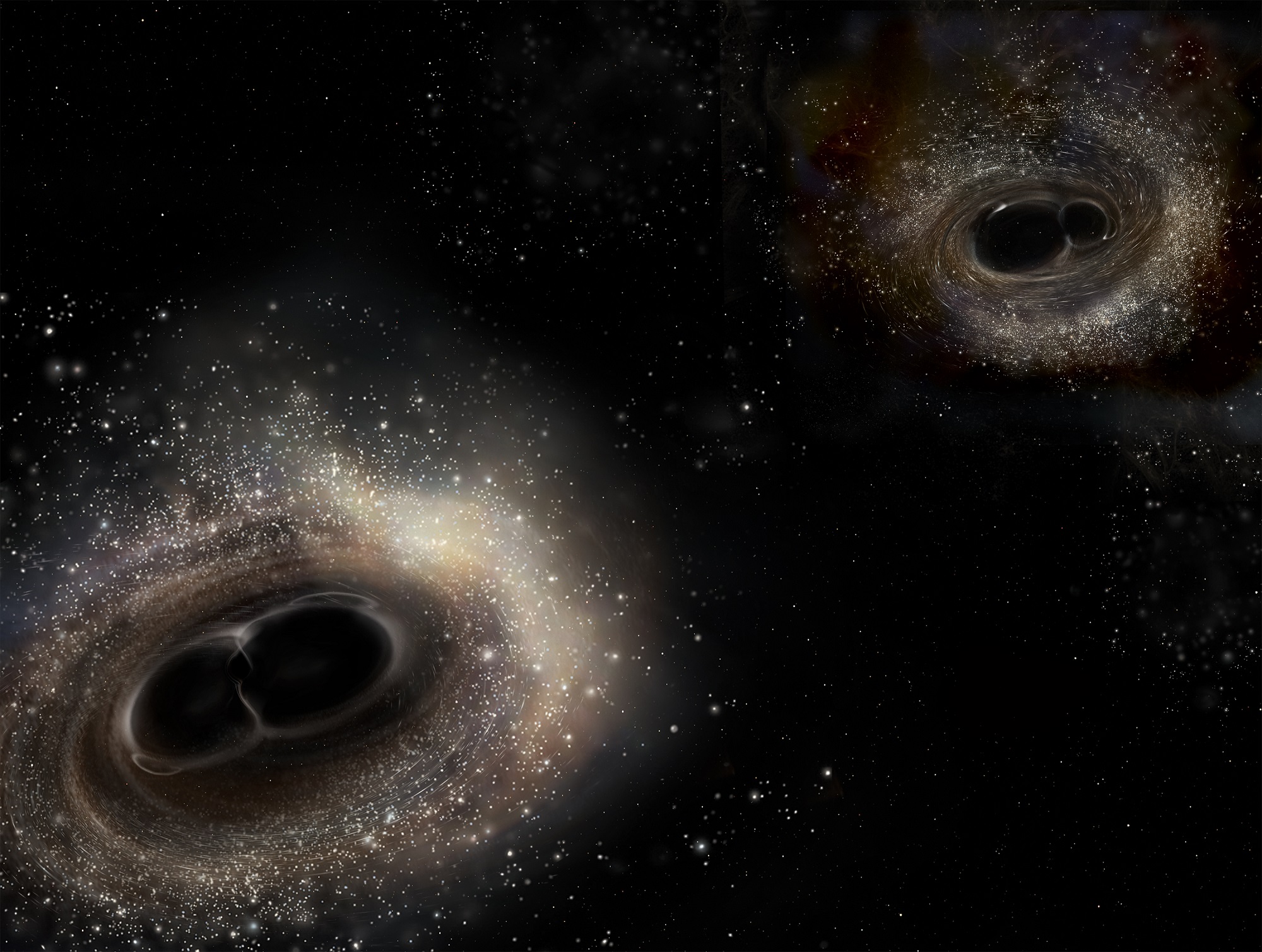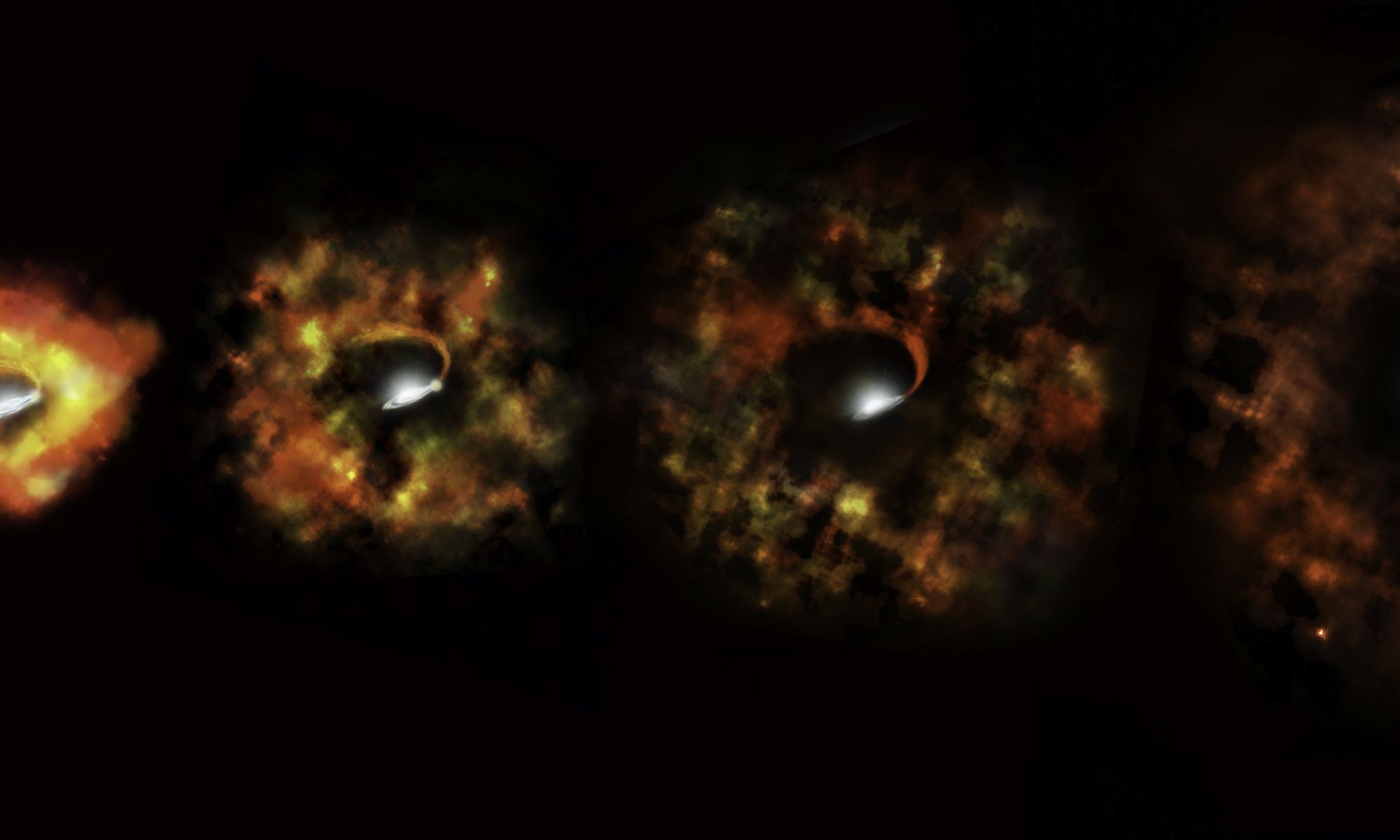A new mission has launched to study some the most intriguing secrets of the universe. No, not THAT spacecraft (JWST is scheduled for launch on December 22). Another new and exciting mission is called Imaging X-ray Polarimetry Explorer (IXPE) and it will allow scientists to explore the hidden details of some of the most extreme and high-energy objects in the cosmos, such as black holes, neutron stars, pulsars and dozens of other objects.
Continue reading “NASA Launches a New X-ray Observatory”NASA Launches a New X-ray Observatory
